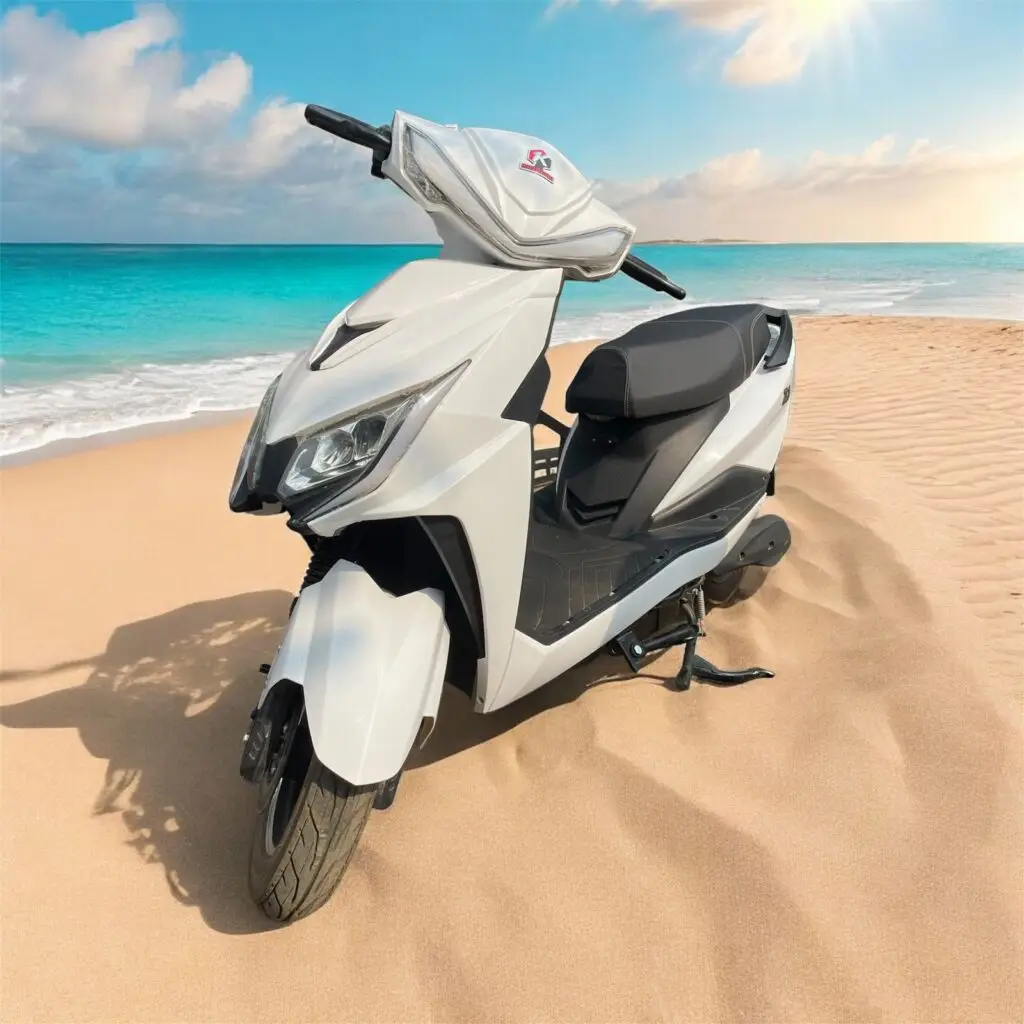

When we launched our products about 1.5 years ago, India’s 2W industry changed. We brought to market a world class product engineered and manufactured in India. And it has within a year become the best selling EV in India. And also one of the best selling scooters ever in India.
For almost 100 years, there has been a template in automotive for product planning, manufacturing, how to sell to the customers etc. The OEM plans incremental products, gets technology from suppliers, assembles in house, and sells to dealers who sell to consumers. This is the reality that EVs and specifically Ola has disrupted. We make more than 50% of the value of our products in house, bring world class features to customers ahead of the curve, and have a direct relationship with our customers.
This reality has been hard for our detractors to live with and there’s been a non stop effort for the last 1.5 years to throw mud at us in one form or another. Over the last 2 days we’ve seen another such attempt. And I’m sure this won’t be the last. So for those who want to know the facts, we are publishing this technical blog about the engineering behind the Kingche scooter, which will dispel many myths and bust many fake narratives.
The Engineering behind the Ola S1, including safety and testing we have undergone
Deep dive into the specific front fork issue – the data, engineering, the misleading campaign and our continuous engineering improvement activities
What process Ola followed for an upgrade. Also, what is a recall, when do automakers do it, and what process is followed
We had acquired a European company called Etergo. It was already a world class scooter and rigorously tested under the stringent European standards but we have fully reengineered it to be the best suited for India. While a myth is being perpetuated that the vehicle has not been engineered and tested for India, the reality is completely different. We have gone through as rigorous a process of engineering, testing, validation and homologation as possible.
The whole vehicle has been tested at 3 levels – digital simulations, component tests and vehicular lab tests, and vehicular field tests. We follow an industry leading product development and engineering process from concept development to virtual and physical development before deployment and production.
Extensive CAE simulations as a part of the virtual validation helps us ensure all adverse road and environment conditions are evaluated in a virtual environment before physically testing the vehicle. We are one of the most advanced OEMs in using digital tools and that enables us to bring products to market faster without compromising any quality.

To deliver the safest riding experience, we conduct a series of rigorous tests across components and vehicle level testing which pushes the vehicle to its absolute limits. We have tested 200+ components and 5000+ data points across functional, environmental, mechanical, structural, electrical and safety tests.
We have done all tests required by a 2W company and there are too many to list here.. But in addition, we have done all crash tests that hardly any 2W company would do, only 4W companies do. And we have done many tests in “Indian conditions” which again are to stress test the system for India and make sure it is the most rugged. Instead of enumerating each, here’s a video that shows our testing and validation efforts.